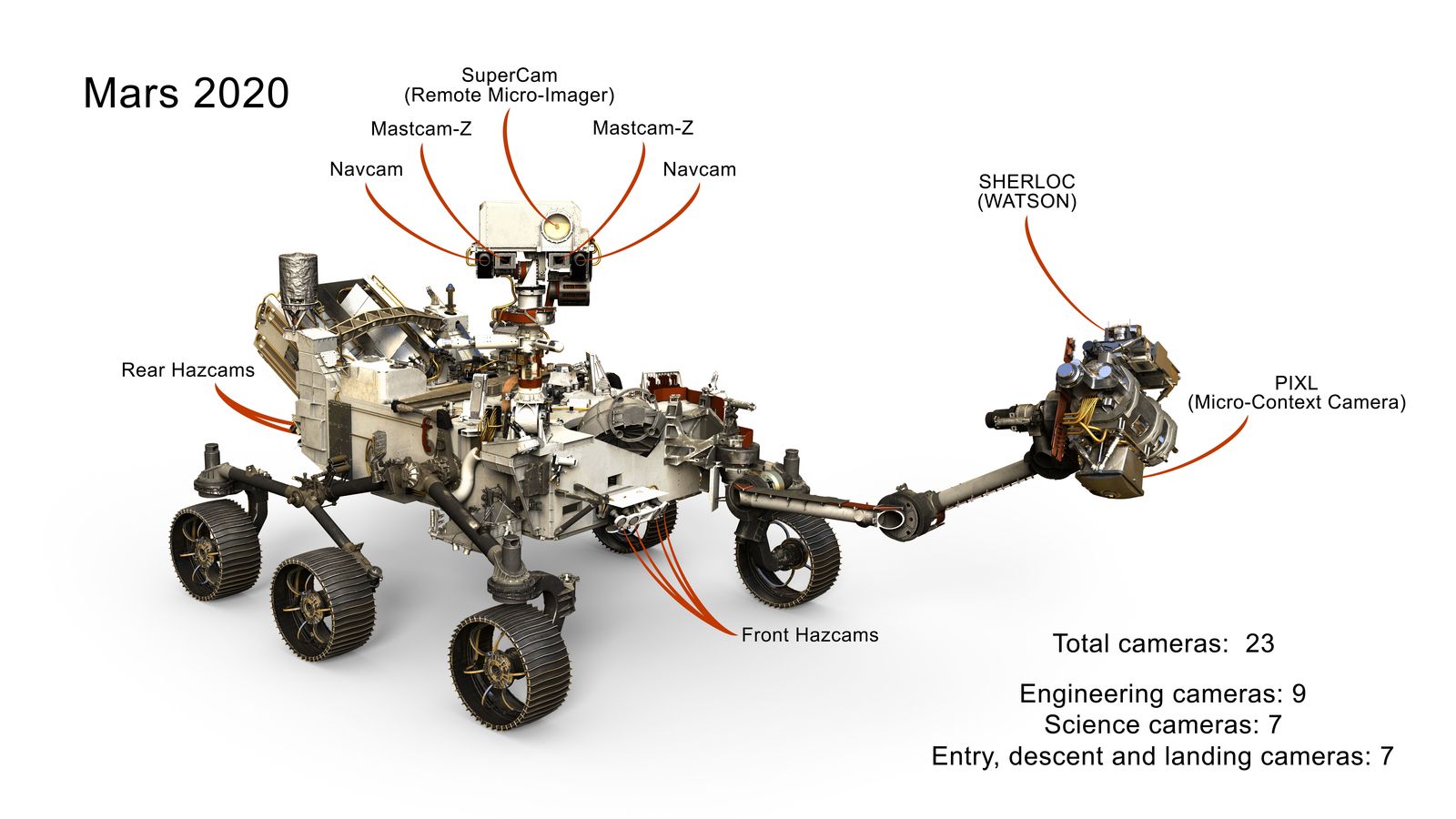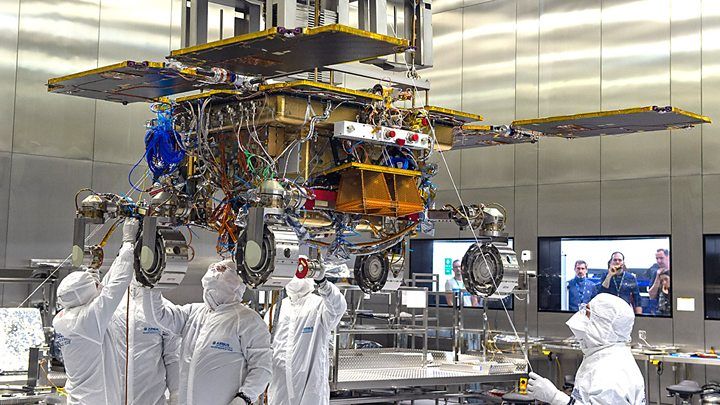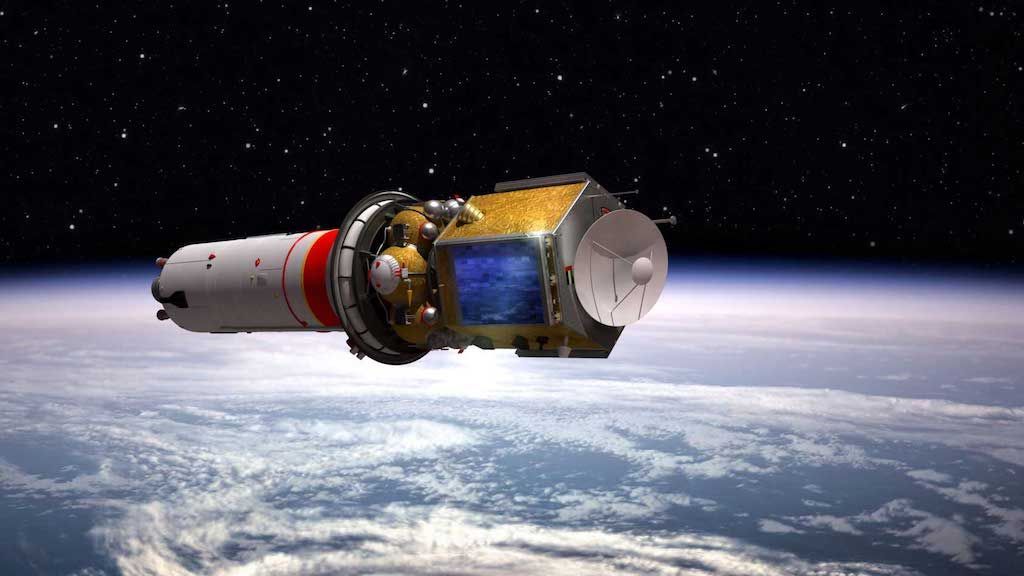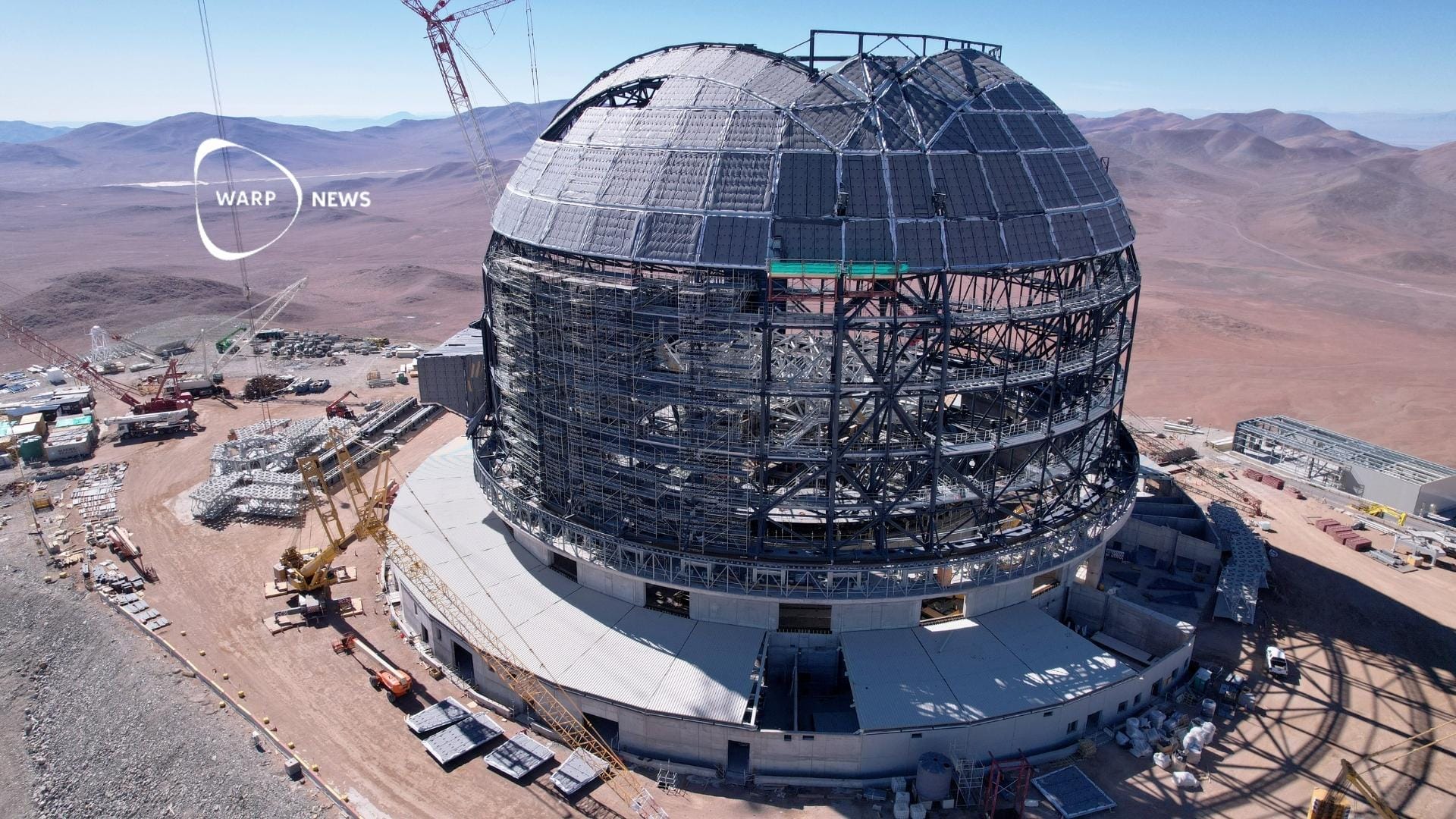
🚀 Mars missions are ramping up in 2020
Martian exploration is kicking into high gear this year. At this time, there are FOUR different missions slated to send new spacecraft to our neighboring planet, and they are all aiming for July launches.
Share this story!
Teams from around the world are preparing ambitious missions to further explore the Red Planet. Their predecessor, NASA's Curiosity has been performing historic work since its 2011 launch and, over the years, has reignited excitement in space travel and exploration. The Curiosity Rover is about the size of a car and was designed to explore the crater Gale as part of NASA's Mars Science Laboratory mission (MSL). The rover is still operational, and as of January 14, 2020, has been on Mars for 2,717 days. With this year's planned launches, Curiosity's days of loneliness are about to come to an end.
First, there's Mars 2020. This summer, NASA will be sending a second rover off to our closest neighbor. It is expected to land 3,760 miles away from Curiosity to explore a 'landscape shaped by water'. She'll be outfitted with a wide array of state-of-the-art instruments designed to tell us if extraterrestrial life ever existed there. Among these tools will be a drill that can collect core samples of the most promising rocks and soils and set them aside on the surface of the planet. Future missions could potentially collect these samples and return them to Earth for study.

Additionally, Mars 2020 will be deploying the Mars Helicopter Scout (MHS). It is a robotic helicopter drone with the mission of testing technology that would enable the scouting of interesting areas on the planet and help in planning the best driving routes for future rovers.
China is also sending a rover this summer called Huoxing-1. It is scheduled for a 90-day mission to survey the Martian terrain and atmosphere and to search for evidence of both past and current life. The craft was developed by the China Aerospace Science and Technology Corporation (CASC) and will be powered by solar panels and probe the surface with radar. It will perform chemical analyses on the soil, and look for biomolecules and biosignatures.
It is also intended to be a demonstration of the technology that would be required for a Mars sample return mission, currently proposed for the 2030s.
The European Space Agency (ESA) is teaming up with the Russian Roscosmos State Corporation to launch Rosalind Franklin, a rover named after the chemist who helped to discover the structure of DNA. Aptly named, as this mission will search for the building blocks of life on the Red Planet. The rover will be the first of its kind to combine the capability to roam around Mars and to study it in depth. The Russians will be providing the launch vehicle and the lander for the mission, while the ESA is providing the carrier module.

Once safely landed, the solar-powered rover will begin a seven-month mission.
Last, but not least, the UAE will be sending out a Mars orbiter called Hope Mars Mission. It will mark the first interplanetary satellite science mission led by an Arab-Islamic country. The timing of the mission has been meticulously planned. The launch is scheduled for July and coincides with the alignment of Earth and Mars that only occurs once every two years. It also means that the spacecraft should reach Mars in 2021, the year of the 50th anniversary of the United Arab Emirates' formation.

The mission will orbit Mars and study the dynamics of the Martian atmosphere and its interaction with outer space and solar wind. The primary objectives are to search for the connection between current Martian weather and the ancient climate of Mars, study the loss mechanisms of Mars' atmosphere to space, investigate how the lower and upper levels of the Martian atmosphere are connected and create a global picture of how the Martian atmosphere varies throughout the day and year.
Do you see a pattern in the higher-level scope of these objectives? The Emirati government has stated that it is planning to build a habitable settlement on Mars by 2117.
In an article I wrote just after the New Year, I said that I believe humans will be traveling to Mars sometime during this decade. Each of these missions holds exciting prospects for the future of humanity on Mars and only bolsters my confidence for a crewed mission. This year has a lot in store for efforts to make life multi-planetary, and it will be a journey in and of itself to watch the discoveries and breakthroughs unfold. What a time to be alive!
Want to get a dose of fact-based optimism in your mailbox once a week? Don't miss subscribing to our newsletter.
Warp News is run by the nonprofit Warp Institute, headquartered in Stockholm, Sweden and Raleigh, North Carolina, United States.
The world is better now than ever before!
But most people still have a negative view of the future. We think one important reason is the negative bias in news media. The fact is, negative news gets way more coverage than the positive.
Warp News balances that by delivering fact-based optimistic news.
By becoming a premium supporter, you help in the creation and sharing of fact-based optimistic news all over the world.


